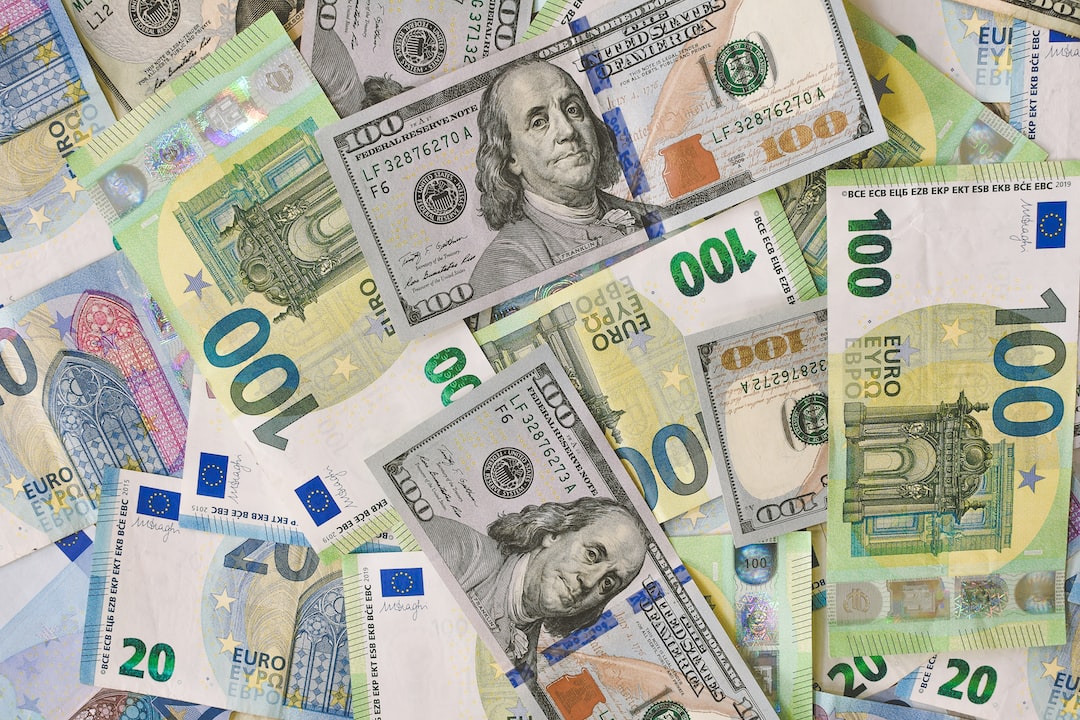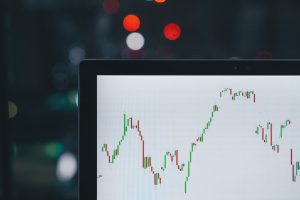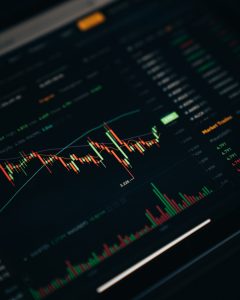Forex, also known as foreign exchange or FX, is the global decentralized market for trading currencies. It is the largest and most liquid market in the world, with an average daily trading volume of over $5 trillion. Forex trading involves buying and selling currencies with the aim of making a profit from the fluctuations in their exchange rates.
Zar, on the other hand, is the abbreviation for the South African rand, the official currency of South Africa. It is also used as the currency of Namibia, Lesotho, and Eswatini (formerly Swaziland). The rand is one of the most actively traded currencies in the Forex market, and its exchange rate is closely watched by traders and investors around the world.
The History of the South African Rand
The South African rand was introduced in 1961, replacing the South African pound. The rand was named after the Witwatersrand, a ridge of hills where gold was discovered in the late 19th century, which played a significant role in the development of South Africa’s mining industry.
Initially, the rand was pegged to the US dollar at a rate of 1 USD = 0.75 ZAR. However, in 1971, the rand was devalued for the first time as part of a global currency realignment. Since then, the rand has experienced a great deal of volatility, with periods of rapid appreciation and depreciation.
Factors That Affect the Value of the ZAR
Like all currencies, the value of the South African rand is affected by a variety of economic, political, and social factors. Some of the key factors that can impact the value of the ZAR include:
1. Economic Indicators – Economic indicators such as GDP, inflation, unemployment, and interest rates can have a significant impact on the value of the rand. For example, if the GDP growth rate is high, it may indicate a strong economy, which can lead to an appreciation of the ZAR.
2. Political Stability – Political instability can lead to a decrease in foreign investment, which can cause a depreciation of the ZAR. Conversely, political stability can lead to an increase in foreign investment, which can cause an appreciation of the ZAR.
3. Commodity Prices – South Africa is a major exporter of commodities such as gold, platinum, and diamonds. Therefore, the price of these commodities can have a significant impact on the value of the ZAR.
4. Global Economic Conditions – Global economic conditions such as the strength of the US dollar, the performance of other major currencies, and the state of the global economy can all impact the value of the ZAR.
Trading the ZAR in the Forex Market
As mentioned earlier, the South African rand is one of the most actively traded currencies in the Forex market. Traders and investors around the world trade the ZAR against other major currencies such as the US dollar, euro, and Japanese yen.
To trade the ZAR in the Forex market, traders can use a variety of trading instruments such as spot Forex, Forex futures, and Forex options. Spot Forex is the most popular way to trade the ZAR, and it involves buying or selling the currency at the current market price.
When trading the ZAR, it is important to keep an eye on the economic, political, and social factors that can impact its value. Traders should also use risk management techniques such as stop-loss orders and position sizing to minimize their risk.
Conclusion
Forex trading is a complex and dynamic market that involves trading currencies from around the world. The South African rand is one of the most actively traded currencies in the Forex market, and its value is impacted by a variety of economic, political, and social factors. To trade the ZAR in the Forex market, traders should stay informed about these factors and use risk management techniques to minimize their risk.






